

2017 UPDATES
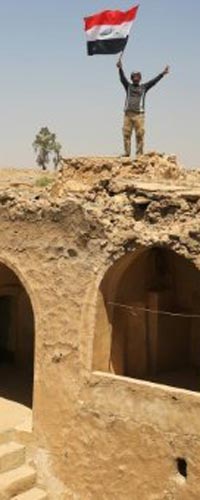
UPDATE: Ninawa Governorate
On August 31, 2017, Haider al-Abadi announced that Iraqi forces liberated Tal Afar, the last stronghold of ISIS in Ninawa Governorate. Tal Afar has been inhabited since approximately 7000 BCE, and was an integral part of the Assyrian Empire from 2500–600 BCE.
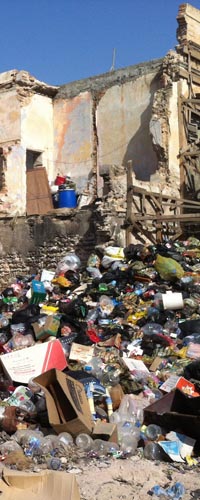
UPDATE: The Old City of Tripoli
ASOR CHI received a comprehensive description of instances of illegal construction in the Old City by a member of the Libyan Department of Antiquities who identified thirteen instances in which historic buildings have been illegally dismantled and, in many cases, replaced by new construction.
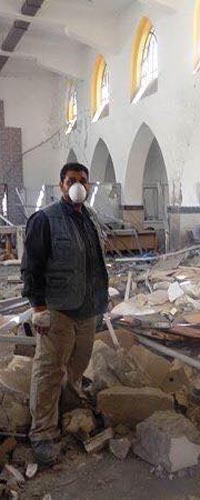
UPDATE: The Old City of Benghazi
After the Libyan National Army (LNA), under the command Field Marshal Khalifa Haftar, liberated the Old City of Benghazi from the Shura Council of Benghazi Revolutionaries on July 5, 2017, civilians have gained increasing access to areas damaged during three years of urban warfare in this part of the city.
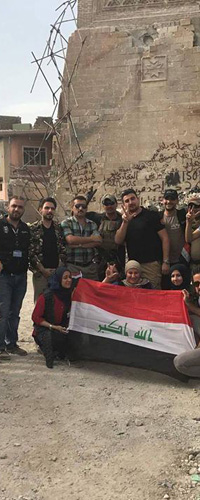
UPDATE: Mosul Post-ISIL – Heritage Destruction and the Future of the City
On June 10, 2017, Iraqi Prime Minister Haider al-Abadi announced Iraq’s victory over ISIL in the militant group’s former northern Iraqi stronghold of Mosul. His announcement followed months of fighting, extensive aerial bombardment, massive infrastructure damage, human displacement, and thousands of civilian casualties. The struggle for Mosul spanned nine months, with the most intense fighting occurring in the labyrinthine confines of the Old City.
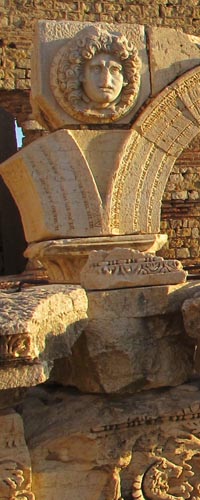
UPDATE: The Status of UNESCO World Heritage Site Leptis Magna
In April 2017, ASOR CHI began covering the ongoing conflict in Libya as part of a new cooperative agreement with the U.S. Department of State. Libya is home to five UNESCO World Heritage Sites as well as a dense concentration of other archaeological sites and historic cities that enrich our understanding of the ways in which humans have lived and thrived in North Africa from the Paleolithic to the present day.
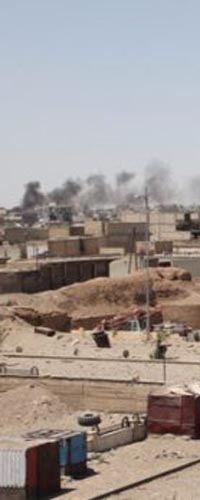
UPDATE: Damage to al-Rafiqah Wall in Raqqa’s Old City by US-led Coalition Forces
On July 3, 2017 the US-led Coalition conducted airstrikes on two 25 m-long sections of the city wall of Raqqa, also known as the al-Rafiqah Wall. DigitalGlobe satellite imagery confirms that the strikes hit the eastern portion of the wall. The first breach is located 80 m south of Qasr al-Banat, the remains of an Abbasid-period palace. The second breach lies roughly 500 m further north.
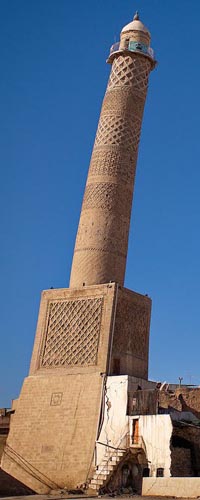
UPDATE: Satellite Imagery Confirms the Destruction of al-Nuri al-Kabir Mosque and al-Hadba Minaret
On June 21, 2017 ISIL militants exploded al-Nuri al-Kabir Mosque and the iconic al-Hadba Minaret in Mosul’s Old City. Iraqi forces were nearing the mosque, a highly symbolic objective, reportedly advancing to within 50 meters before the detonation. The Iraqi Military released a statement blaming ISIL for the destruction of the mosque, while ISIL propaganda attempted to blame the US-led Coalition. The US-led Coalition released a statement confirming that no aircraft were in the area at the time of the explosion. Video footage released several hours after the first reports of the destruction shows a simultaneous, mass detonation taking place from inside the mosque and minaret, mirroring similar videos of ISIL demolition using fixed charges.
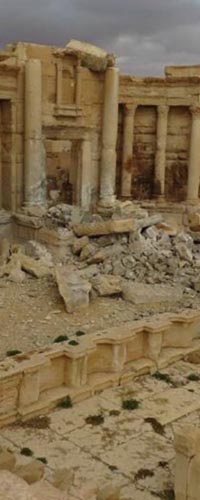
UPDATE Palmyra: New photographs detail damage to the UNESCO World Heritage site of Palmyra
On March 2, 2017 SARG and pro-regime allies, backed by Russian airstrikes, recaptured the UNESCO World Heritage site of Palmyra from ISIL. ISIL had previously recaptured the area in December 2016. Photographs and video footage released confirm the damage to the Roman Theater and Tetrapylon first reported by ASOR CHI in January 2017. It is reasonable to expect that the renewed fighting has also impacted the Citadel. According to some reports, ISIL militants may have mined much of the ancient site as they retreated from the city.
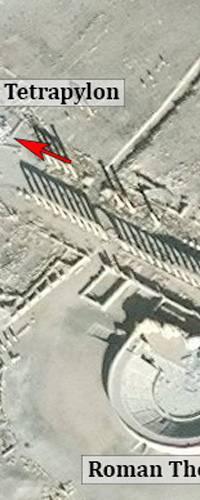
UPDATE: New Damage in Palmyra Uncovered
On January 19, 2017, ASOR CHI obtained DigitalGlobe satellite imagery that revealed new damage to the ISIL-occupied UNESCO World Heritage site of Palmyra. ASOR CHI can confirm that that damage occurred between December 26, 2016 and January 10, 2017. The imagery showed significant damage to the Tetrapylon and the Roman Theater, likely the result of of destruction by ISIL; however, ASOR CHI has thus far not been able to verify the exact cause. Both sites were previously left unharmed by the group, who controlled Palmyra from May 2015 to March 2016. The Tetrapylon appears to have been intentionally destroyed using explosives, possibly in a similar manner to how ISIL militants destroyed the Temple of Bel, the Baalshamin Temple, the Triumphal Arch, and several tower tombs located within the Valley of the Tombs.